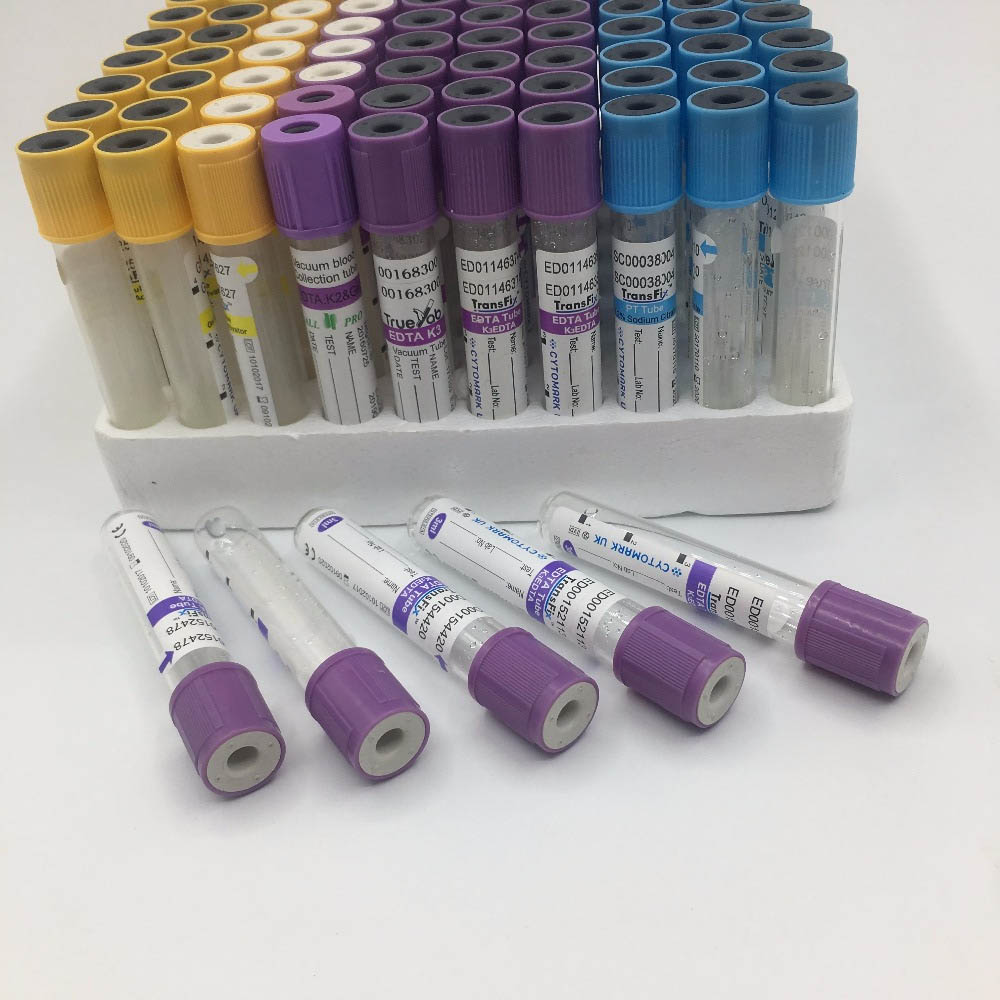Use method and purpose of blood collection vessel
Blood Sampling Tubes: Methods and Applications

Blood sampling tubes are used to collect and transport blood specimens for laboratory testing. These tubes come in different sizes and colors, each with a specific additive to facilitate different laboratory tests.
The most common types of blood sampling tubes include the red-top tube, which does not contain an anticoagulant and is used for serum testing, and the lavender-top tube, which contains the anticoagulant EDTA and is used for hematology testing.
To use a blood sampling tube, the healthcare professional must first select the appropriate tube for the desired test and then follow proper venipuncture technique to collect the blood specimen. Once the blood has been drawn into the tube, the healthcare professional should invert the tube gently to mix the blood with the additive.
Blood sampling tubes are essential tools for laboratory testing and play a critical role in the diagnosis, treatment, and management of various medical conditions. These tubes can be used to test for a wide range of conditions, including infectious diseases, hormonal imbalances, blood disorders, and more.
In addition to their diagnostic applications, blood sampling tubes are also used in research and development, drug development, and clinical trials. Researchers can use blood samples collected in these tubes to study disease pathology, identify biomarkers, and develop new treatments.
Overall, blood sampling tubes are essential tools for healthcare professionals and researchers alike. Proper use and handling of these tubes can ensure accurate laboratory results and help advance our understanding of various medical conditions.





